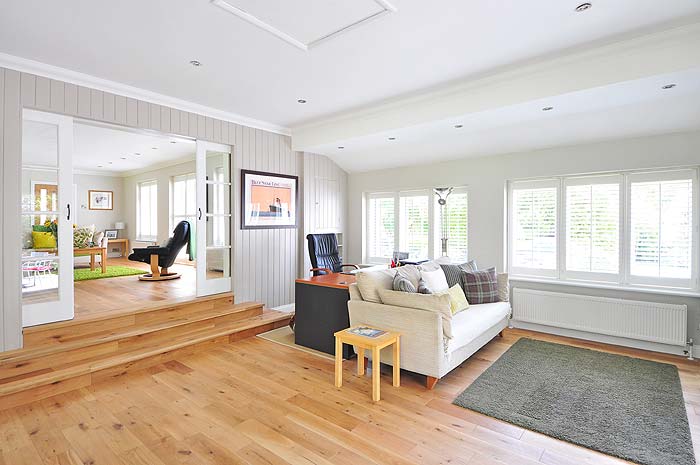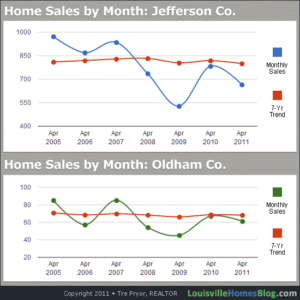This article is going to highlight the current real estate trends that are affecting the United States today. Due to the pandemic but even more so to the responses made by governments and businesses, there are a large number of patterns emerging. Such as families confined to their homes are yearning for more space. Landlords fear not collecting rent from those facing unemployment. More commercial property has remained vacant than in recent years.

When attempting to predict the future many regard real estate as a leading indicator. Roofstock has identified ten emerging real estate trends for 2021 based on PricewaterhouseCoopers (PwC) and the Urban Land Institute’s Emerging Trends in Real Estate 2021 study. More than 1,600 individuals who work in real estate advising, investment, financing, or development were interviewed and surveyed for this study.
Real estate trends are linked with one another. Commodities are costly, and supply lines have been disrupted, driving up construction prices. Demand for brick-and-mortar stores, warehouse space, and online product delivery facilities has changed due to consumer purchasing patterns.
This has caused rents to rise and homes to sell for over the asking price within days of being listed. Continue reading to see how these real estate trends are affecting the US in 2021 and beyond.
Increasing Need for Additional Living Space
Affordability has deteriorated as house prices rise. Rents increased by more than 7 percent throughout the nation in 2021, and this trend is likely to continue.
Affordability in housing is defined as a property costing no more than 30 percent of a household’s annual income. Approximately 6.8 million rental units for those with meager incomes are believed to be unaffordable throughout the country. Affordability has deteriorated as house prices rise. Rents increased by more than 7 percent throughout the nation in 2021, and this trend is likely to continue.
Since the shutdowns, more and more people are looking for additional living space. People are moving into single-family rental properties in record numbers. And many apply without ever seeing the home in person. There are more activities within the house. Therefore, the home has to have room for all of these activities.
One of the most popular real estate trends right now is creating an outdoor living area or sunroom addition. When homeowners add an outside area to their home it’s a cost-effective step that adds value to the property and creates a place to them to unwind, appreciate nature, and host guests.
Working in More Agile Settings Has Become Popular
Many see a move to more agile and adaptable organizations as the world gets back to normal. Large tenants are seeking shorter leases and managed facilities that can be scaled up in an economic downturn or pandemic.
There will always be a need for wholly outsourced, bespoke offices. Occupiers will reduce reliance on a single headquarters building by making shorter commitments and spending less money upfront. Over the years, many people have learned the value of finding a work-life balance after working traditional nine-to-five jobs. Developers took advantage of this demand by opening up new areas for mixed development where commercial institutions and living spaces can exist side by side in one location.
And it isn’t only for the workers who will benefit from it either. This change in working culture will also help employers. In today’s workplace, employee satisfaction is of paramount importance. The reason for this is that employee adaptability and happiness serve as catalysts for a slew of other spectacular results. Job satisfaction is becoming more critical to companies, and it’s quickly becoming a crucial criterion for job searchers all around the globe.
What Happens Next, Post-Pandemic?
People have had to adjust their working and living habits over the last year, which will continue to affect our post-pandemic housing choices. The work environment has become considerably more flexible due to many offices closing, enabling people to choose where they live without feeling obligated to travel. As a consequence of people spending more time at home and having fewer things to do, experts have observed increasing savings throughout the nation, thanks to limitations on gathering, eating, and traveling.
They can also anticipate individuals who worked throughout the COVID-19 pandemic to help drive home demand in the next year due to higher savings and lower interest rates. On the other hand, buyers will likely focus their home choices on closeness to family and friends in an attempt to preserve the bonds they’ve built throughout the pandemic.
The past two years forced many people and industries to adapt to the many changes brought by an unprecedented event-real estate included. But as the pandemic slows down, there is optimism for real estate in the coming years. A great deal depends on the choices both government and business leaders make in the immediate future.


